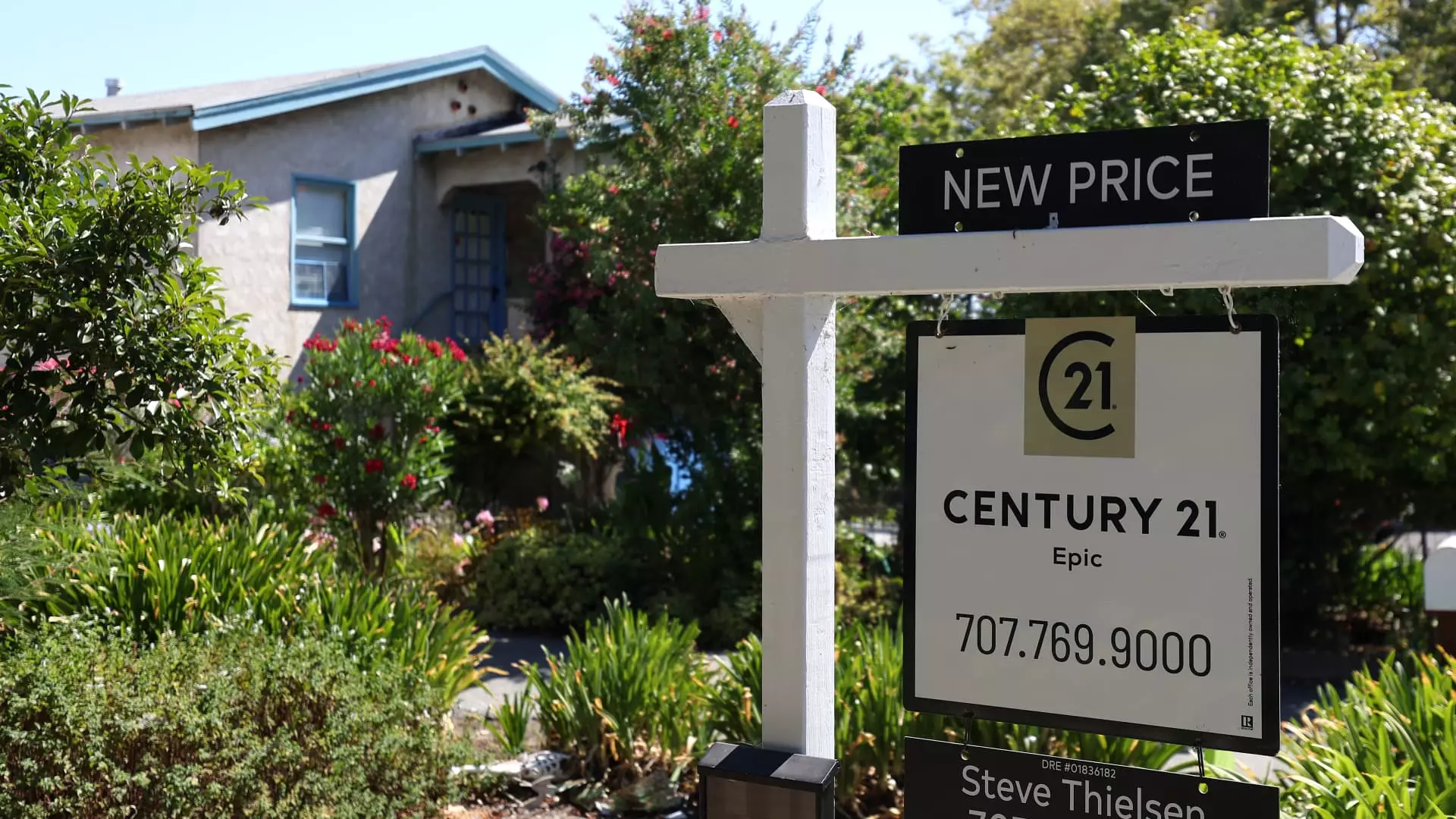The narrative of a resilient housing market is increasingly being called into question as signs of a slowdown become impossible to ignore. While headlines continue to tout steady growth, beneath the surface, a different story emerges—one of overinflated prices, mounting inventory, and waning demand. The recent decline in annual home price growth signals that the market is wrestling with fundamental weaknesses. This isn’t a sudden downturn—it’s the natural consequence of unsustainable price surges fueled by artificially low interest rates and speculative investment. These factors created an illusion of perpetual growth. Now, as affordability diminishes and the cost of borrowing rises, the cracks in this façade are widening.
The Great Price Correction: A Necessary Evil
Home prices are finally experiencing a correction—albeit a late and painful one for some. The slowest growth in two years and actual price declines in several key markets point toward a market adjusting to reality rather than soaring on hype. Nearly one-third of the nation’s largest markets have seen declines of at least 1%, a trend that threatens to spread further. This shift might be unsettling for homeowners who cling to the hope of ongoing appreciation, but it is an essential step toward stabilizing an overheated market. The rapid run-up in property values was never sustainable, especially considering the inflated levels of supply and the soaring mortgage interest rates that have doubled since the pandemic’s early days.
Supply and Demand: An Imbalanced Equation
Rising inventory levels—up 29% from last year—indicate a clear shift towards buyer advantage. The slowdown in price increases and lengthening sale times suggest that sellers are now more cautious, reluctant to list homes amid declining demand. This hesitance, combined with increasing supply, pushes prices downward in numerous regions. The regional disparities further complicate the picture. While markets like the Northeast and Midwest still see relatively strong prices, the South and West—including Florida’s Cape Coral, which experienced a 9% price plunge—are witnessing significant declines. High mortgage rates hovering in the 6% range further suppress buyer enthusiasm, especially when compared to pandemic-era lows. The combined effect is a market that is transitioning from overheated to more balanced, yet painfully slow, recovery.
A Challenge to the Narrative of Unstoppable Growth
The overarching narrative that the housing market is an unbreakable engine of economic strength is deeply flawed. This illusion has long masked underlying vulnerabilities—namely, overleveraged homeowners and inflated asset values disconnected from economic fundamentals. In truth, the current trajectory signals a potential correction rather than a permanent downturn. The market’s recent cooling is a sobering reminder that growth in real estate must be rooted in sustainable supply and demand dynamics, not speculative fervor. For prospective buyers and cautious investors alike, this signals a window of opportunity—one that demands patience and careful consideration rather than naive optimism. Ultimately, the housing market’s current lull may serve as an overdue recalibration, laying the groundwork for healthier growth in the long term.

